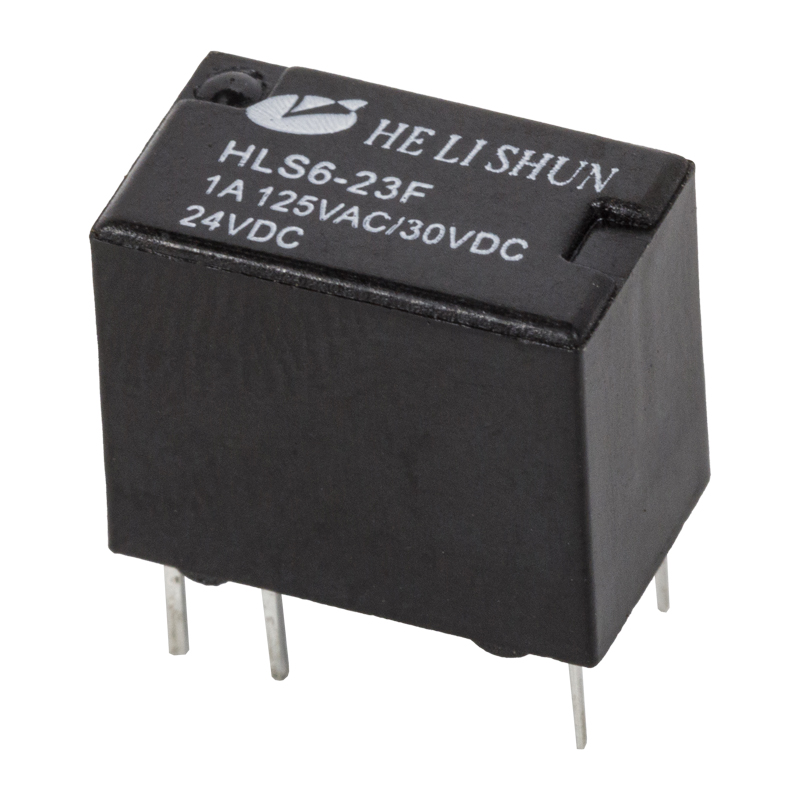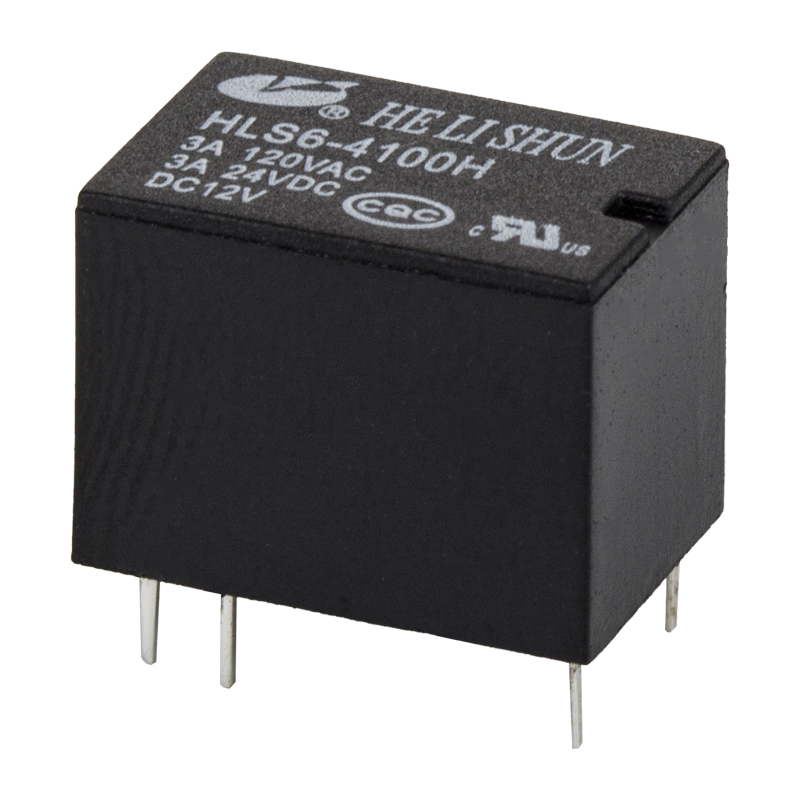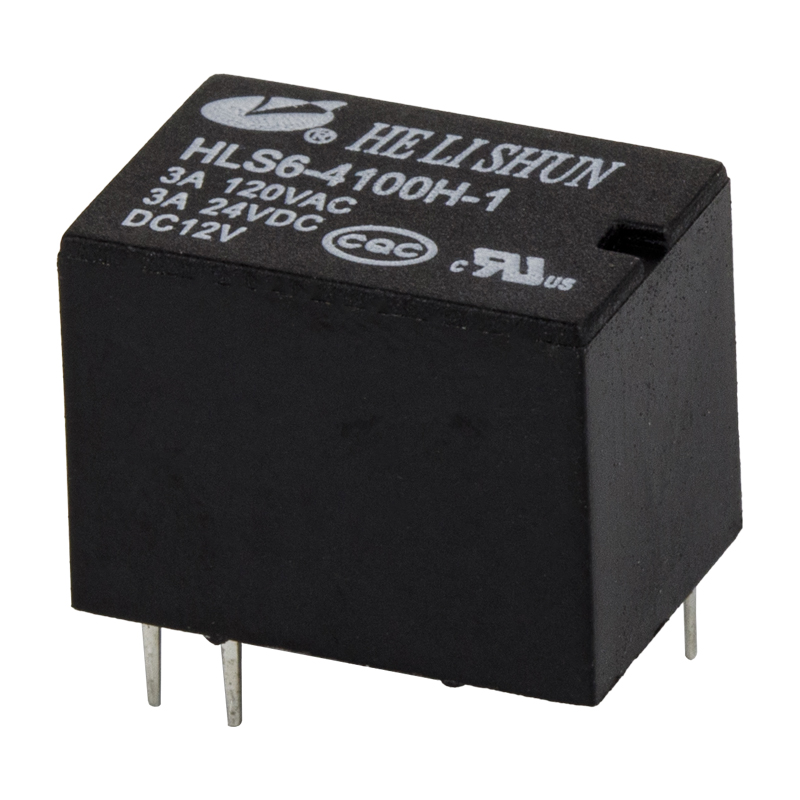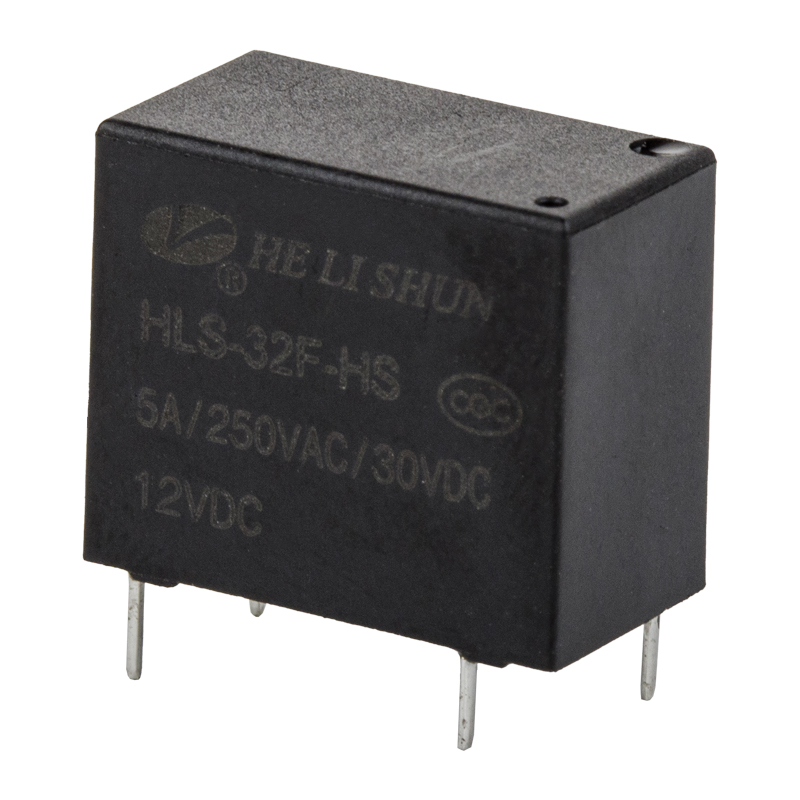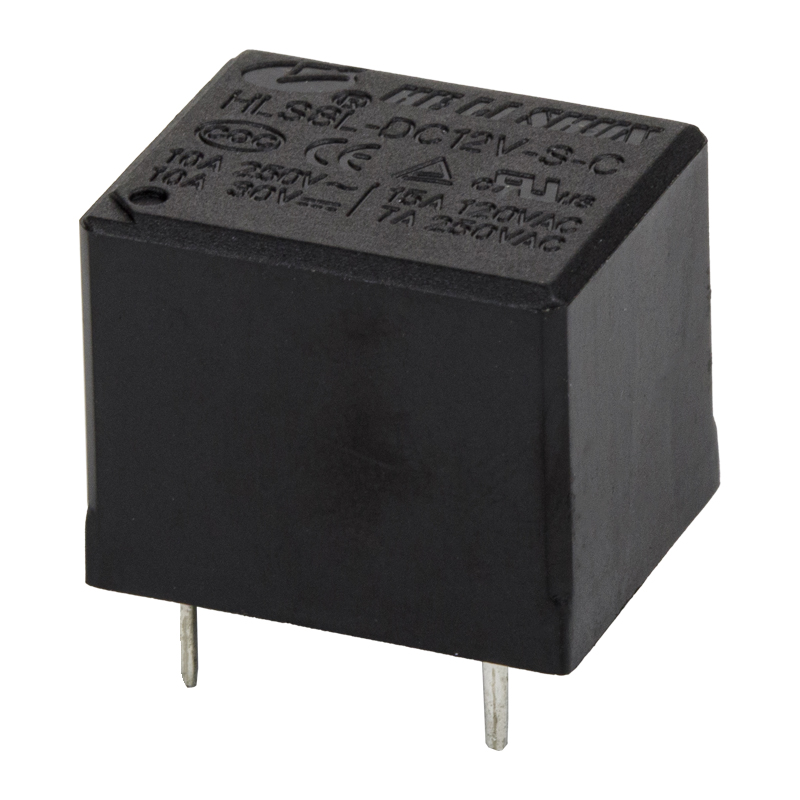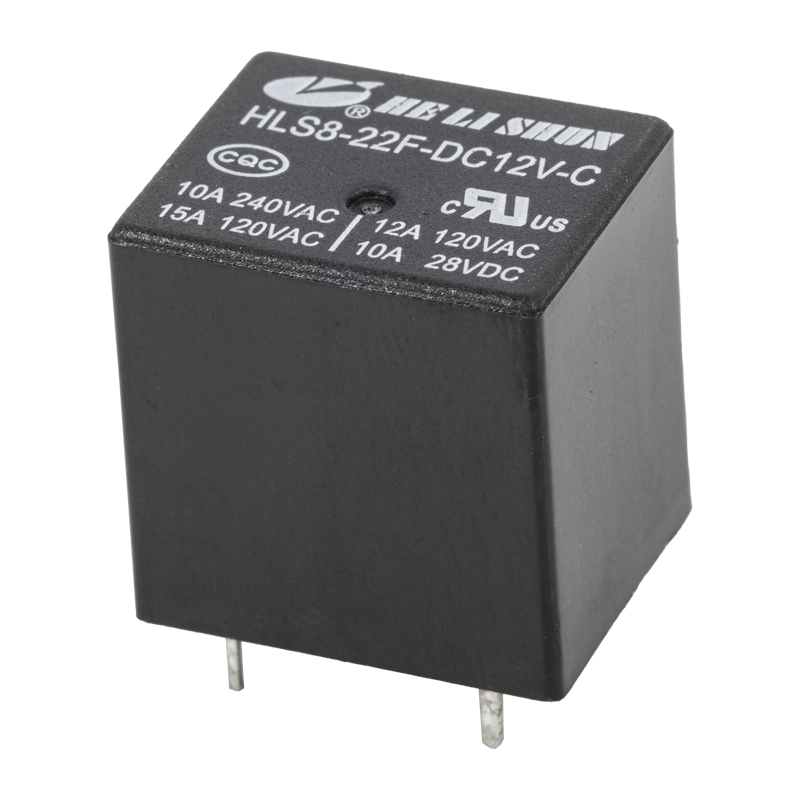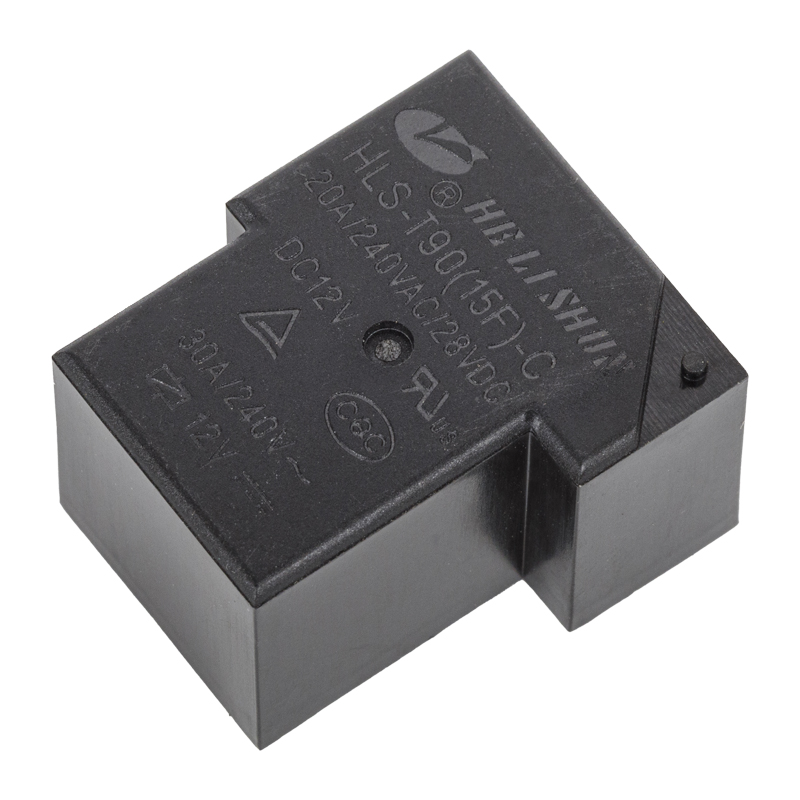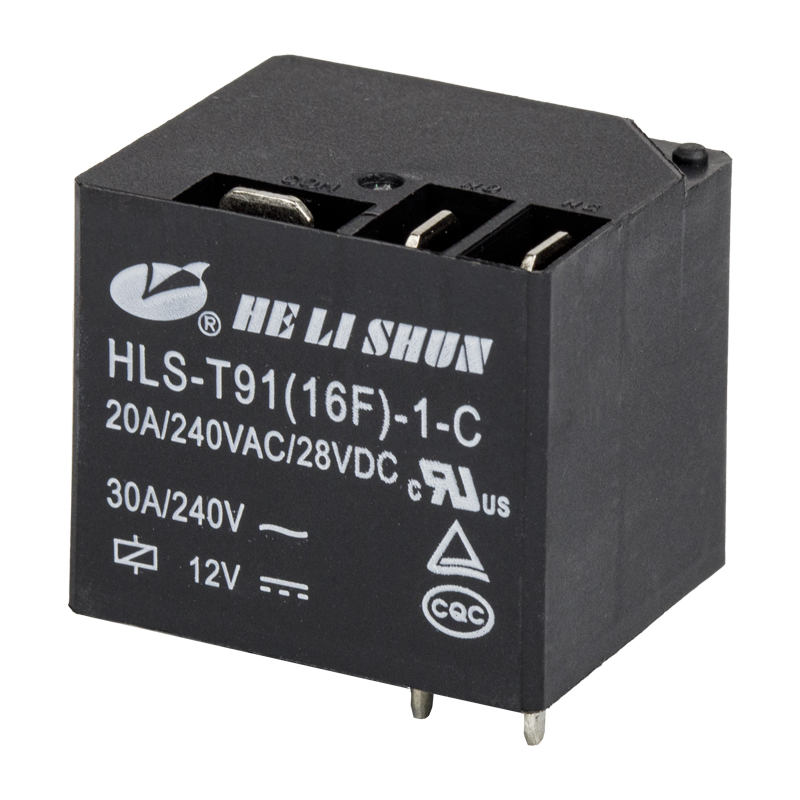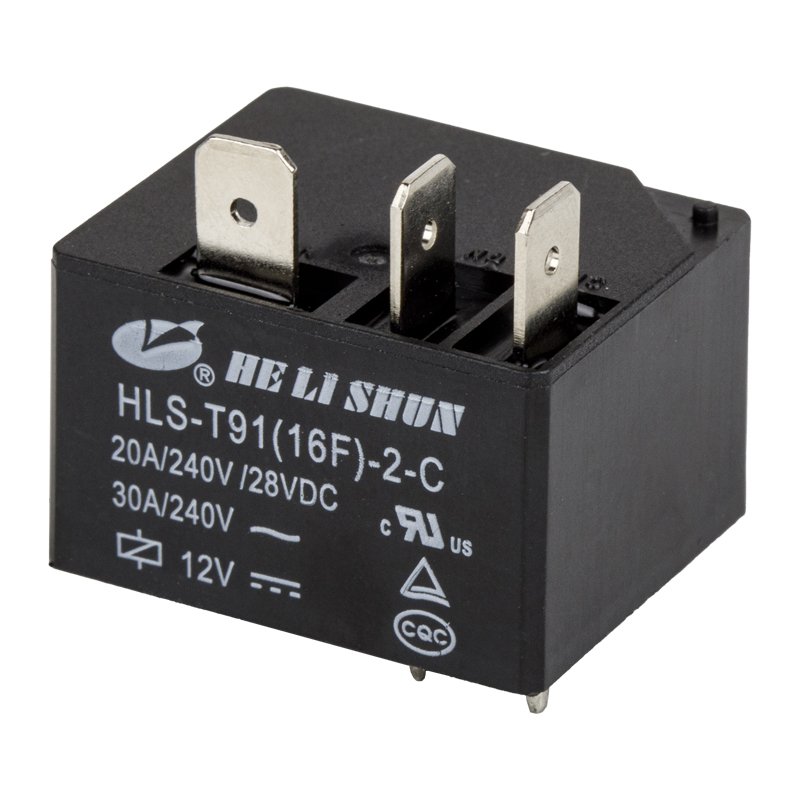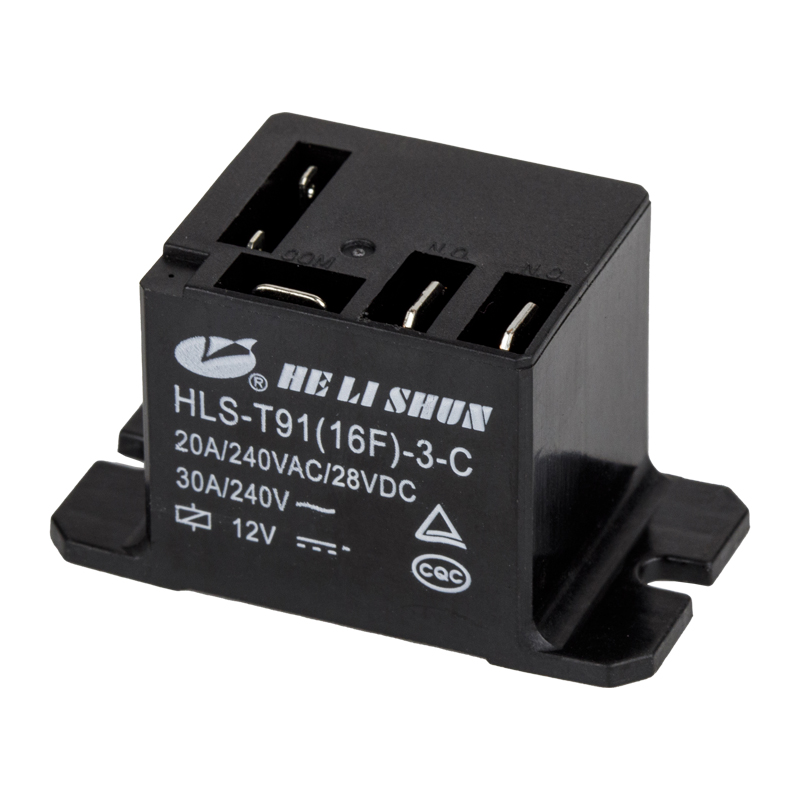The contact end of this automotive relay is made of silver alloy material, which is one of the key factors to improve oxidation resistance and conductivity. Silver itself has excellent conductivity and is not easy to form an oxide layer with high resistance in the air. After alloying it with other metals, it not only enhances its mechanical strength and corrosion resistance, but also further improves its stability in a humid environment. Even if exposed to a high humidity environment for a long time, the silver alloy contacts can still maintain low contact resistance and ensure stable current transmission.
In order to effectively isolate external moisture, the structure of the relay adopts a high sealing design. This usually includes a precision plastic shell, reinforced seams, and metal shell packaging used in some products. In higher-level relays, epoxy resin potting technology is also used to completely wrap the internal key components to form an airtight protective layer, which fundamentally prevents moisture from penetrating into the relay and effectively reduces short circuits or performance fluctuations caused by moisture.
The printed circuit board and other moisture-sensitive components inside the relay are often sprayed with three-proof paint during the production process. This transparent or slightly colored coating can form a protective film on the surface of the component, effectively isolating water vapor and corrosive substances in the air, such as salt spray or acidic gases. Through this process, the internal electrical connections of the relay can remain dry and clean even in extreme environments with air humidity as high as 85%, ensuring long-term stable operation.
In the vehicle system, the installation location of the relay will also be scientifically planned. It is usually placed in a well-sealed location away from water sources, such as the electronic control box inside the vehicle, rather than in locations that are easily affected by water vapor and rain, such as the bottom of the engine compartment and near the tires. At the same time, the electronic control box itself also has a certain ventilation or waterproof design, which can help control the humidity level and avoid water vapor accumulation, thereby indirectly protecting the relay from moisture intrusion.
To verify the long-term reliability of the relay in a humid environment, manufacturers will conduct a series of environmental stress tests, such as "constant high temperature and high humidity test", "humidity and heat alternating test" and "salt spray corrosion test". These tests simulate extreme climatic conditions that may be encountered in reality, and confirm through experimental data that the relay will not age, corrode or fail due to the influence of water vapor, thereby improving overall reliability.




 English
English 中文简体
中文简体
